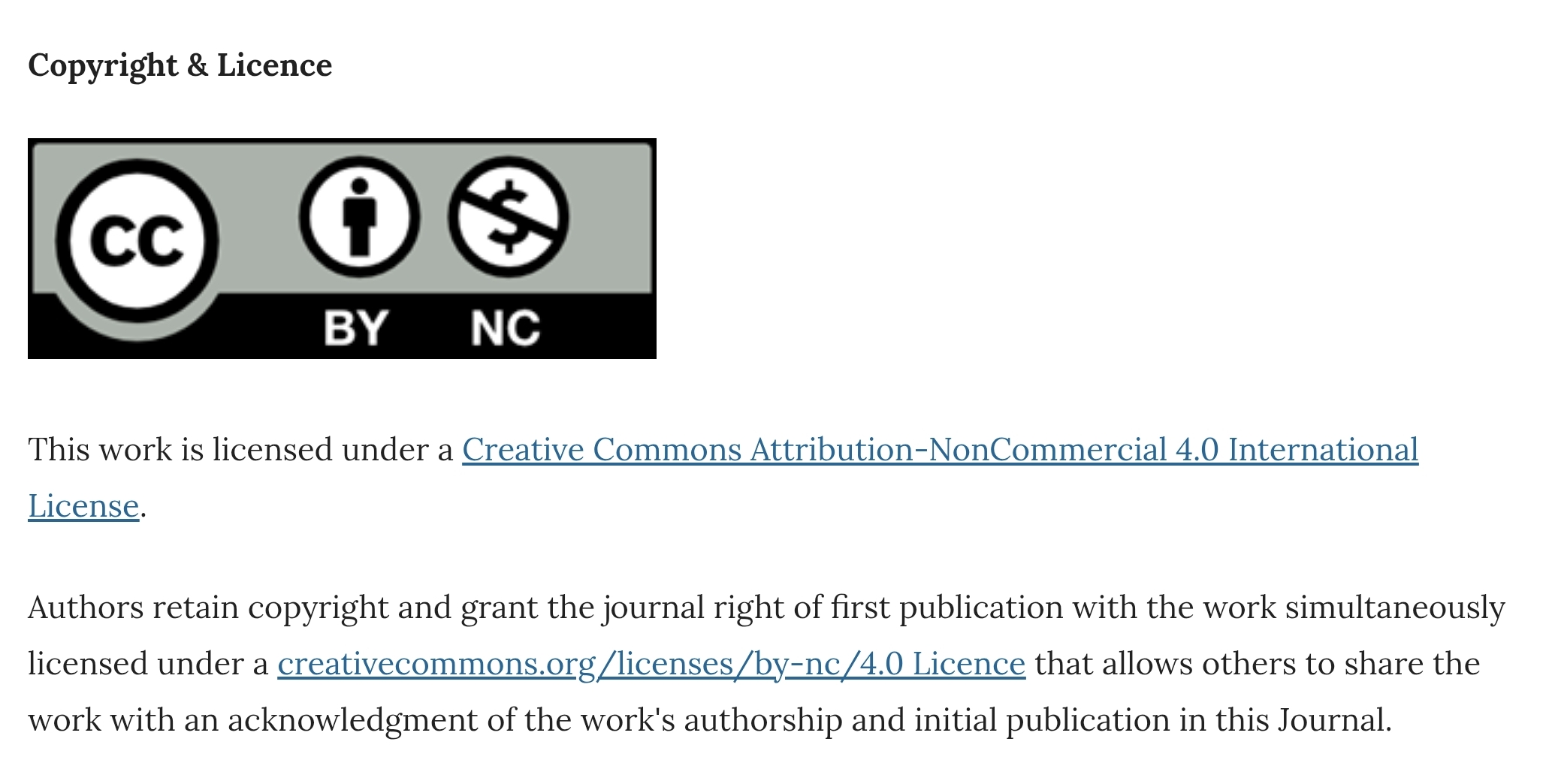Clinical profile, treatment received, follow up and current status of individuals treated for delusional disorder at a tertiary care centre
DOI:
https://doi.org/10.30834/KJP.31.1.2018.143Abstract
Background
Delusional disorder presents with a stable and well-defined delusional system. Many are unwilling to accept that they have a mental disorder or that they require psychiatric treatment. The condition responds to treatment in most cases. This study aims to assess the clinical profile, treatment pattern and response to it, frequency of follow-up and current status of patients previously diagnosed as delusional disorder.
Method
The case records of all patients who had come to Psychiatry OPD for 3 years with diagnosis of Delusional Disorder according to ICD 10 criteria were taken and data collected. Forty eight patients were enrolled for the study. The current status was assessed from relatives through telephone calls.
Results
The sample consisted more of males, majority were married. The most common delusion was infidelity followed by persecution. Co-morbidity was present in 43.8% of subjects. Best response was with risperidone. At follow up, all were reported to be doing a job or engaging in household work and majority maintained improvement. Eight had delusions and six were troublesome. Less than half of responders were continuing their treatment.
Conclusion
Male preponderance and married status were noticeable. Delusion of infidelity was the most common. Delusional disorder has much co-morbidity. Non-compliance with treatment is common. But the level of functioning is found to be reasonably fair irrespective of the treatment status.
Downloads
References
American Psychiatric Association. Diagnostic and Statistical Manual of Mental Disorders 5 (DSM 5). Washington DC; American Psychiatric Publishing;2013.
World Health Organisation. The ICD-10 Classification of Mental and Behaviour Disorders: Clinical Descriptions and Diagnostic Guidelines. WHO, Geneva, 1992.
Munro A. Persistent delusional symptoms and disorders. In Gelder MG, Andreasen NC, Lopez-Ibor Jr. JJ, and Geddes JR, editors, New Oxford Textbook of Psychiatry (second edition), volume 1 UK. Oxford University Press, pp. 609–28.
Kendler KS. Demography of paranoid psychosis (delusional disorder). Arch Gen Psychiatry. 1982; 39(8):890–902.
Grover S, Biswas P, Avasthi A. Delusional disorder: Study from North India. Psychiatry and Clin Neurosci. 2007;61(5):462–70.
Kulkarni KR, Arasappa R, Prasad KM, Zutshi A, Chand PK, Muralidharan K, et al. Clinical Presentation and Course of Persistent Delusional Disorder: Data from a Tertiary Care Center in India. Prim Care Companion CNS Disord. 2016, 18(1).
Munro A and Mok H. An overview of treatment on paranoid/delusional disorder. Can J Psychiatry. 1995; 40(10):610–22.
Maina G, Albert U, Bada A, and Bogetto F. Occurrence and clinical correlates of psychiatric co-morbidity in delusional disorder. Eur Psychiatry. 2001;16(4):222–8.
Elmer KB, George RM, Peterson K. Therapeutic update: Use of risperidone for the treatment of monosymptomatic hypochondriacal psychosis. J Am Acad Dermatol. 2000;43(4):683–6.
Manschreck TC, Khan NL. Recent advances in the treatment of delusional disorder. Can J Psychiatry. 2006;51(2):114–9.
Buckley PF, Sajatovic M, Meltzer HY. Treatment of Delusional Disorders with Clozapine. Am J Psychiatry. 1994;151(9):1394–5.
Sadock BJ, Sadock VA, Ruiz P. Schizophrenia Spectrum and Other Psychotic Disorders. In Kaplan and Sadock’s Synopsis of Psychiatry (eleventh edition), Philadelphia: Lippincott Williams and Wilkins;2015. pp. 300–46,
Taylor D, Paton C, Kapur S, editors. The Maudsley Prescribing Guidelines in Psychiatry (twelfth edition). UK: Wiley Blackwell; 2015. pp.26-27
Yamada N, Nakajima S, Noguchi T. Age at onset of delusional disorder is dependent on the delusional theme. Acta Psychiatr Scand. 1998; 97(2):122-4.
Celine T M, Antony J. A Study on Mental Disorders: 5- year Retrospective Study. J Family Med Prim Care. 2014;3(1):12–16.
Hsiao MC, Liu CY, Yang YY, Yeh EK. Delusional disorder: Retrospective analysis of 86 Chinese outpatients. Psychiatry Clin Neurosci. 1999;53(6):673–6.
Marneros A, Pillmann F, Wustmann T. Delusional Disorders—Are They Simply Paranoid Schizophrenia? Schizophr Bull. 2012;38(3):561–8.
Marino C, Nobile M, Bellodi L, Smeraldi E. Delusional disorder and mood disorder: Can they coexist? Psychopathology. 1993;26(2):53–61.
Srinivasan TN, Suresh TR, Fernandez MP, and Jayaram V. Nature and treatment of delusional parasitosis: A different experience in India Int J Dermatol. 1994;33(12):851–5.
Fear CF, Libretto SE. Risperidone for the treatment of delusional disorder. Int J Psychiatry Clin Pract. 2002;6(2):113–6.
Downloads
Published
How to Cite
Issue
Section
License
Copyright (c) 2019 Kerala Journal of Psychiatry

This work is licensed under a Creative Commons Attribution-NonCommercial 4.0 International License.











